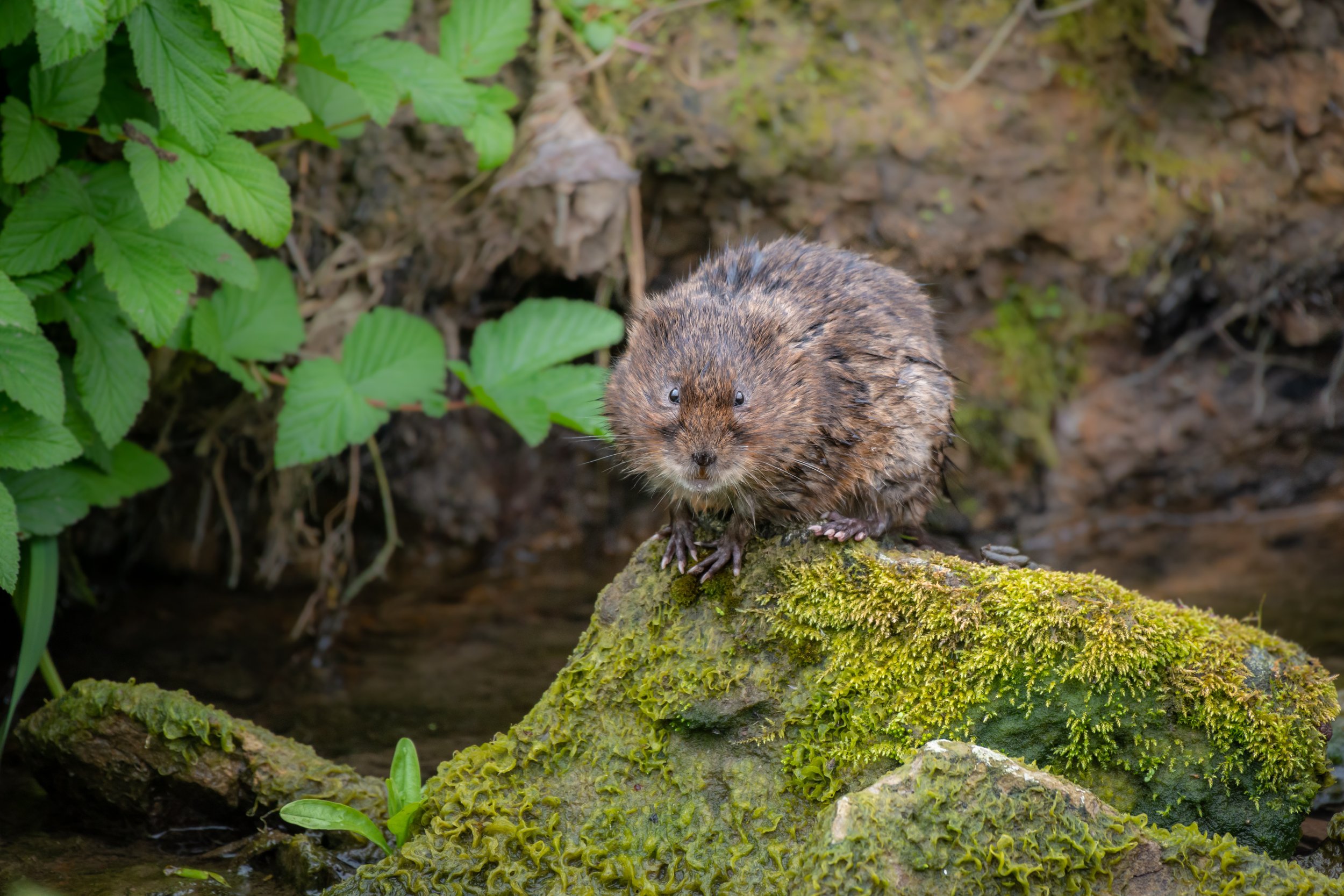
Water Vole Surveys
Why are water vole surveys required?
Water voles are fully protected under the Wildlife and Countryside Act 1981. If any development is to be conducted on or near to a water body that has the potential to support water voles then a survey will be necessary to determine if they are present.
What happens during a water vole survey?
Water vole surveys look for evidence in the form of burrows, latrines, feeding remains and runs. An experienced ecologist is able to identify the differences between water vole and rat habitats.
Water voles are fully protected under the Wildlife and Countryside Act 1981. If any development is to be conducted on or near to a water body that has the potential to support water voles then a survey will be necessary to determine if they are present.
They can be found on slow-flowing water courses, wet ditches, ponds, lakes and canals. They prefer well vegetated banks with taller plants and reed beds, burrowing into the sides and foraging on the vegetation.
An ecologist will visit the site and undertake a search for droppings (latrines), burrows, footprints and feeding stations along the edge of the water body.
Once the water vole survey findings have been collated, a comprehensive report will be generated to accompany your planning application. If the survey identifies the presence of water voles on the site, the report will detail mitigation measures that must be adhered to in order to ensure compliance with relevant policies and legislation.
Mitigation measures may include creating new suitable habitats and compensatory planting.
Water Vole Survey Schedule
Water vole surveys take place during March - September, when the mammals are most active.
The optimum time to survey is between May - June, during the peak breeding season.
Surveys are unable to be carried out after heavy periods of rain as field signs, including droppings and footprints, may be washed away.
View our full survey calendar below:
Explore our other services
Explore our other services, including protected species surveys, biodiversity net gain assessments and more.

